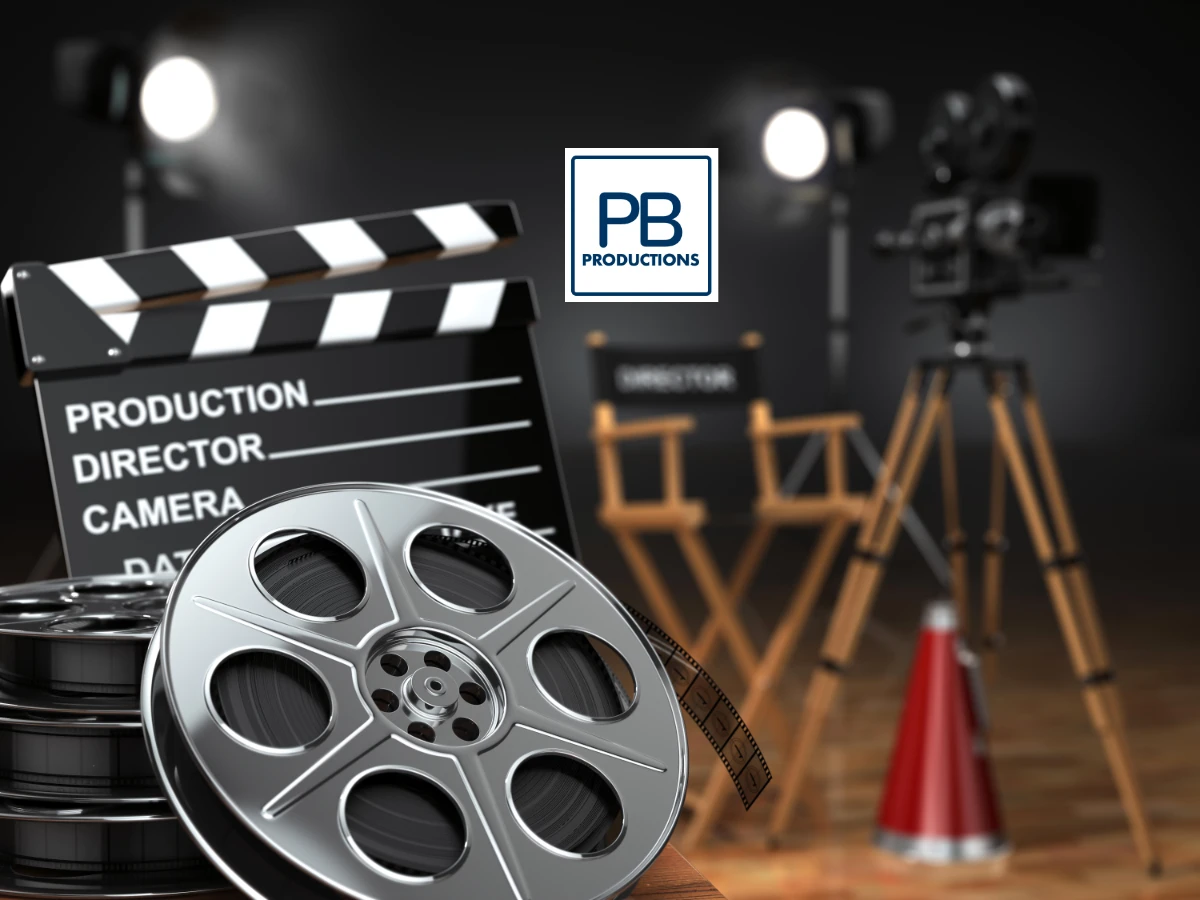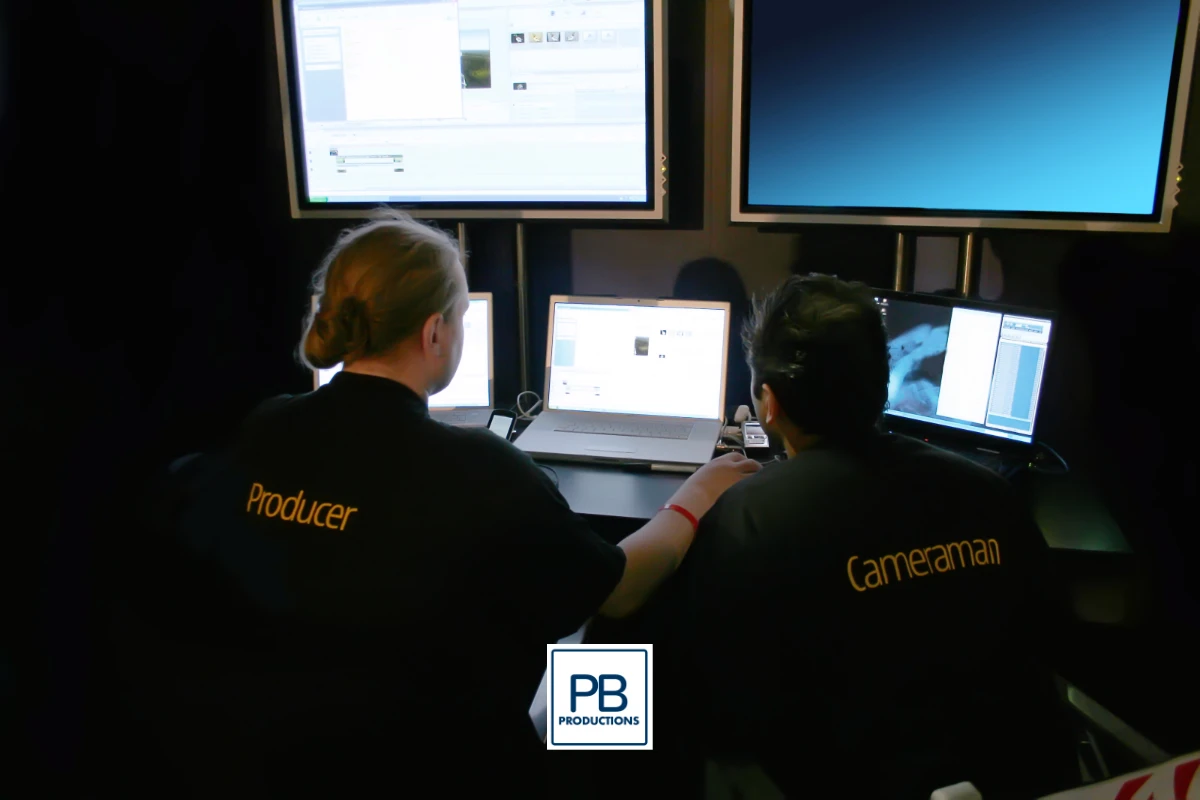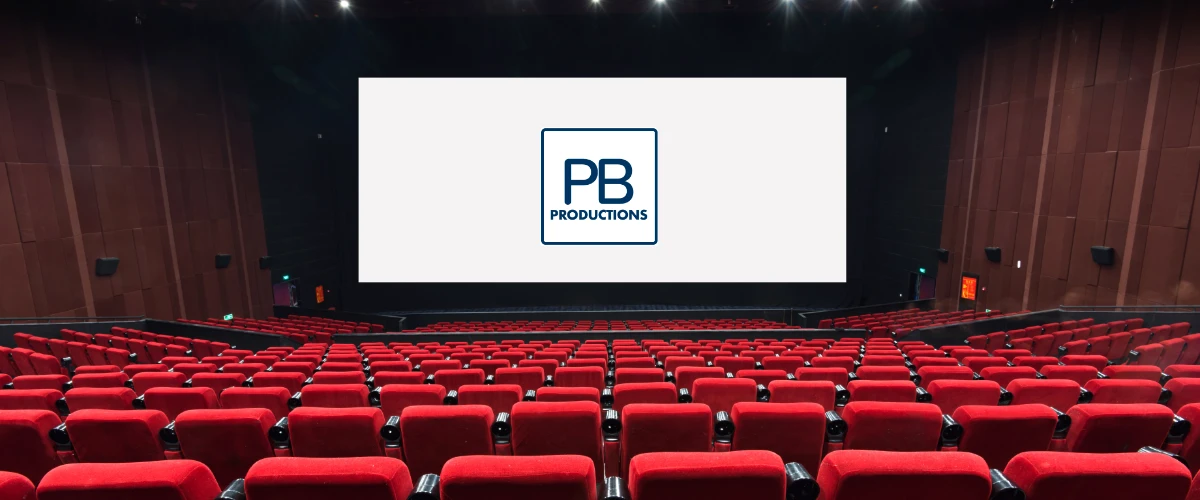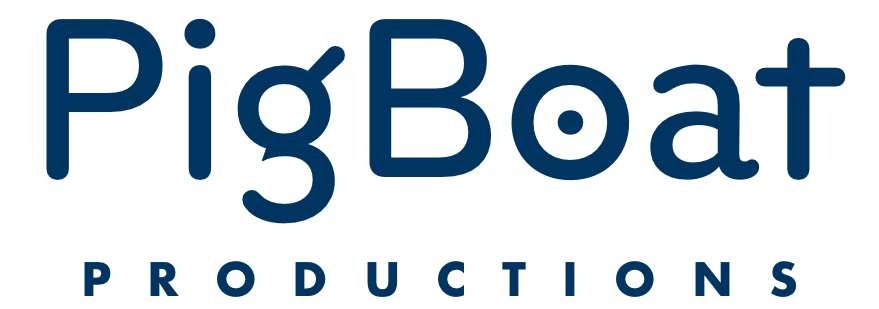Introduction to Movie Production Roles
Have you ever watched the end credits of a movie and wonder what all these jobs are in a movie production, you’ll find a complex web of roles and responsibilities. Each person on a film set plays a pivotal part in bringing cinematic visions to life. From pre-production to post-production, understanding these roles offers a glimpse into the movie-making magic.

The Visionaries: Pre-Production Roles
Before the cameras roll, a team of creative minds lays the groundwork.
The Producer: The Film’s Backbone
The producer is often considered the backbone of a film production, playing a crucial role in both the creative and logistical aspects of bringing a movie to life.
- Project Development: Producers are typically involved from the inception of a project, helping to develop the concept, story, or script. They may work with screenwriters, providing feedback and guiding the script to align with their vision or the market’s demands.
- Securing Financing: One of the producer’s key responsibilities is to secure the funding needed to make the film. This involves pitching to studios, investors, or leveraging other funding sources.
- Budget Management: Producers create and manage the budget, ensuring that the film’s production stays within financial boundaries. This includes allocating funds for different departments, negotiating salaries, and managing day-to-day expenses.
- Hiring Key Personnel: Producers play a significant role in assembling the creative team, including the director, key crew members, and cast. They ensure that the team aligns with the project’s vision and budget.
- Production Oversight: During filming, producers are on the ground, solving problems, making decisions, and ensuring that the production adheres to its schedule and budget.
- Post-Production Supervision: Producers also oversee the post-production process, ensuring that editing, sound mixing, and other post-production activities align with the project’s timeline and quality standards.
- Distribution and Marketing: Producers are involved in the distribution and marketing strategies, working to ensure that the film reaches its intended audience and achieves commercial success.
The Executive Producer: The Strategic Overlook
The executive producer typically holds a more overarching and strategic role, often dealing with the business and financial aspects of the film production.
- Primary Financier: In many cases, the executive producer is the primary source of funding for the film. They may invest their own money or secure financing from external sources.
- Project Greenlighting: Executive producers often have the authority to “greenlight” a project, giving the final approval for production to commence based on its potential for success.
- Strategic Guidance: They provide strategic guidance, helping to shape the project’s direction at a high level. This can include decisions about the film’s target audience, distribution channels, and marketing approach.
- Liaison Role: Executive producers often act as a liaison between the production team and the financiers or studio executives, ensuring that the project aligns with the financial stakeholders’ expectations.
- Contractual and Legal Oversight: They may also be involved in overseeing contractual agreements, rights acquisitions, and other legal aspects of film production.
- Mentorship: In some cases, executive producers provide mentorship to less experienced producers, guiding them through the complexities of film production.
While there can be overlaps, the producer’s role is more hands-on and integral to the day-to-day operations of a film production, whereas the executive producer typically engages at a higher strategic level, focusing on financing, greenlighting, and overall project guidance. Both roles are vital, ensuring that the creative and financial aspects of a film are harmoniously aligned.
The Director: The Visionary Interpreter
The Director is often seen as the creative visionary behind a film, responsible for translating the screenplay into a compelling visual narrative. This role involves a deep understanding of storytelling, a keen eye for visual composition, and the ability to guide and inspire the cast and crew to bring the film to life.
- Vision and Interpretation: The director takes the script and interprets it, crafting a unique vision for the movie. This involves deciding on the film’s overall style, tone, and pacing, ensuring that every element aligns with the intended narrative experience.
- Collaboration with Departments: Directors work closely with every department, from cinematography and production design to costume and makeup, ensuring that all visual and auditory elements support their vision.
- Guiding Performances: One of the director’s key responsibilities is to guide actors’ performances, helping them understand their characters deeply and directing them to deliver authentic and impactful portrayals.
- Overseeing the Shoot: On set, the director is the central figure, making real-time decisions, solving creative and logistical problems, and ensuring that each scene aligns with the broader vision of the film.
- Post-Production Involvement: Even after filming ends, directors are heavily involved in the editing process, working with editors to shape the film’s final narrative and visual flow.
The Screenwriter: The Architect of Story
The screenwriter is the primary architect of the film’s story, responsible for crafting the screenplay, the blueprint from which all elements of the film are built. This role requires a profound understanding of narrative structure, character development, and dialogue.
- Creating the Narrative: Screenwriters develop the plot, structure the story into acts, and ensure that the narrative has a compelling arc, engaging characters, and a satisfying resolution.
- Character Development: They create multi-dimensional characters, providing them with distinct voices, motivations, and arcs that evolve throughout the film.
- Dialogue Crafting: Screenwriters write the characters’ dialogue, balancing authenticity with the script’s thematic and narrative needs, ensuring that each line contributes to character development or plot advancement.
- Revisions and Collaborations: Writing a screenplay is often a collaborative and iterative process, involving revisions based on feedback from producers, directors, and sometimes even actors. Screenwriters must adapt their work to accommodate various inputs while maintaining the script’s integrity.
- Visual Storytelling: While primarily focused on writing, screenwriters also envision how their words will translate to the screen, considering visual storytelling elements and how scenes will unfold visually.
In this phase, the Casting Director also plays a crucial role. They select actors who breathe life into the characters. Meanwhile, the Production Designer and Art Director collaborate to create the film’s visual style. They set the stage for the narrative to unfold.

The Real Heros: Production Roles
Once production kicks off, a flurry of activity ensues on set.
The Director of Photography (Cinematographer)
The Director of Photography, or Cinematographer, is the visual storyteller, responsible for how the film looks on screen. They choose the camera, lens, lighting, and composition for each shot, aligning the visual aesthetics with the director’s vision.
The Production Designer
The Production Designer creates the visual world of the film. They design sets, choose locations, and oversee the creation of props, ensuring every visual element contributes to the story’s atmosphere and setting.
The Costume Designer
The Costume Designer is in charge of designing, creating, or choosing the clothing and accessories worn by actors. Their work helps define characters, convey their evolution, and enhance the film’s authenticity or style.
The Sound Mixer
The Sound Mixer oversees the audio during filming, ensuring dialogue, sound effects, and ambient sounds are clearly captured. They balance and adjust sound levels and quality to create the audio foundation for the film.
The Editor
The Editor is the post-production magician, piecing together the film’s shots and scenes to craft the narrative rhythm and pace. They work closely with the director to trim, splice, and arrange footage, shaping the final story that audiences will see.
The Visual Effects Supervisor
In films heavy on special effects, the Visual Effects Supervisor oversees the integration of live-action footage and computer-generated imagery (CGI). They ensure that the final visual effects seamlessly blend with the live-action, enhancing the film’s visual storytelling.
Each of these roles is crucial in the filmmaking process, contributing their specialized skills to bring the movie from script to screen, ensuring every element aligns to create a cohesive and engaging final product.
While these roles are clearly defined in standard productions, it’s worth noting that in cult classic films, crew members often take on multiple responsibilities due to budget constraints, creating unique production dynamics that sometimes lead to innovative filmmaking techniques.
The Post-Production Wizards
After filming wraps, the post-production team takes over.
The Film Editor
The Film Editor is the narrative sculptor in post-production. They cut and assemble the raw footage, working closely with the director to select the best takes and arrange them into a coherent and compelling story.
The Sound Editor
The Sound Editor enhances the film’s auditory experience, editing and mixing dialogue, sound effects, and ambient sounds. Their craftsmanship ensures that every audio element supports the visual narrative and enhances the viewer’s immersion.
The Colorist
The Colorist adjusts the color of the film, enhancing its visual appeal and mood. They ensure consistency across shots and can dramatically affect the tone and style of the film through color grading.
The Visual Effects (VFX) Artist
The VFX Artist creates and integrates digital effects that are impractical or impossible to capture on set. They work magic, adding elements ranging from subtle environmental effects to grand, fantastical landscapes.
The Composer
The Composer creates the film’s score, providing an emotional undercurrent and enhancing the storytelling. Their music underscores the narrative, evoking feelings and aiding in the audience’s emotional connection to the story.

Marketing and Distribution
Beyond production, a team of marketers and distributors work to ensure the film reaches audiences. The Marketing Manager crafts campaigns that generate buzz and anticipation. Distributors negotiate with theaters and streaming platforms, determining how the film will be shared with the world.
Crafting Cinematic Experiences
The intricate dance of roles in movie production culminates in the films we cherish and remember. Each role, whether in the spotlight or behind the scenes, contributes to the storytelling tapestry. Understanding these roles deepens our appreciation of the art and craft of filmmaking, reminding us of the collaborative effort that drives the movie industry.
